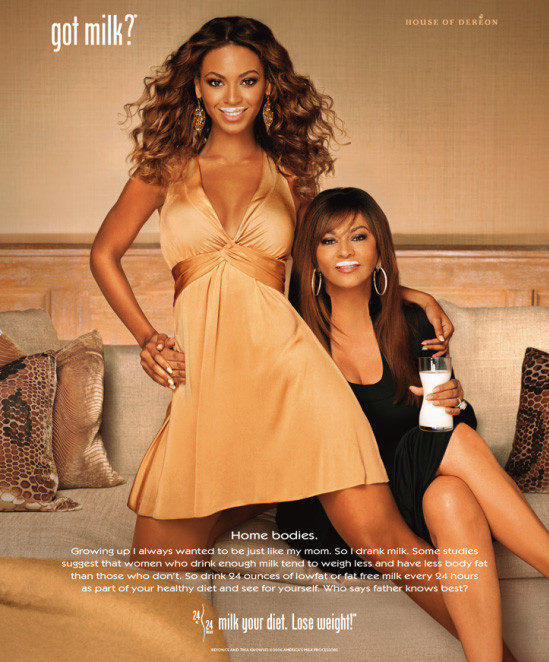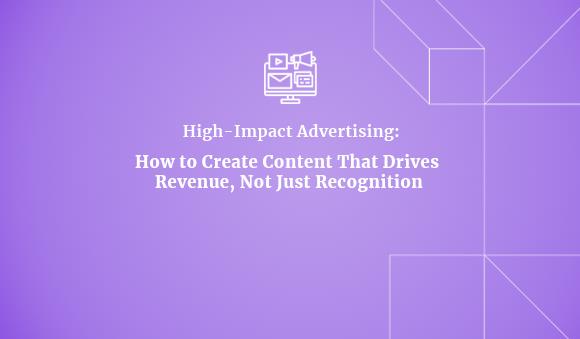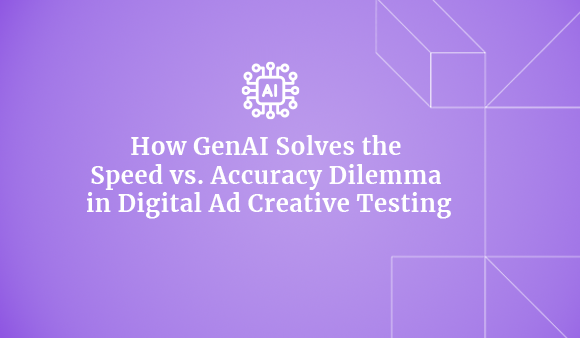Great advertisers know that culture is closely intertwined with advertising — both reflect and shape the behaviors, values, and beliefs of society. While it is widely known and accepted that advertising reflects cultural norms and trends, it is also a powerful agent of cultural change and innovation.
For example, Coca-cola’s Share a Coke campaign is an excellent example of advertising empowering cultural change. For this campaign, Coca-cola replaced their logo on the bottles with popular names from diverse cultures. The vision behind the campaign was to encourage people to share a coke and see Coca-cola as a personalized gift. The brand leveraged the cultural importance of names and linked it with the social nature of sharing a drink with friends and family.
Culture shapes the perception of the audience and hence it impacts their interpretation of ads and how they are remembered. Ads, designed to appeal to the culture of the target market and society, are more likely to be memorable and effective than the ads that are tone-deaf to the cultural norms and expectations.
But how does it really impact an ad’s memorability? And how, as a brand, can you leverage the culture to create memorable ads?
To understand this, we will explore the nuances of the impact of different dimensions of culture on the ad’s memorability.
Dimensions of Culture & Their Impact on the Ad’s Memorability
Language, values, customs, rituals, practices, and beliefs are some of the dimensions of culture that have a direct impact on ad’s memorability and overall effectiveness of advertising campaign. These dimensions differ from culture to culture. So, for your ads to be memorable, it is important to be mindful of them while zeroing in on your target audience as well as for developing messaging, and campaign.
1. Language
Language is the primary means of communication between you and your audience – the choice of language you use directly impacts on how your ad is received, understood, and remembered. And language is inherently a cultural thing reflecting the norms and trends in subtle and sometimes not-so-subtle ways. It develops and evolves around the culture – for instance, slangs, phrases, expressions, connotations, meanings emerge reflecting trends and beliefs of a particular time.
In 19th century, a man who was excessively concerned about his appearance was called or termed as Dandy and in today’s digital age, the same word has been redefined to ‘Metrosexual’. While in 19th century it was not a thing to be proud of, but in this day & age when the lines between genders are getting blurred and people are used to seeing men dress up & in makeup. Being a metrosexual man is appreciated and even celebrated today.
So, if you were to use the word Dandy in today’s ad copy, most of the people would be left with the feelings of confusion and misunderstanding. Moreover, using Dandy with the subtext from 19th century would surely offend many people and even cultures. Whereas, when you use the words Metrosexual (especially when targeting the Gen Z audience), your brand would be seen as a standout, progressive and inclusive and hence you will be remembered and recalled in a positive association.
Remember, language varies from culture to culture, from geography to geography and even from tribe to tribe. And with it, meanings, expressions, and connotations, also vary; so, before making a bold claim make sure you are on the right side of culture.
2. Values
Culture or in other words, our surroundings define the normative behavior i.e., acceptable, desirable behavior, roles for individuals in the social structure, and prescribes values and guiding principles in our lives. These values are deeply ingrained in us that guide us to differentiate between what is right and wrong, good and bad. And values, they vary widely across diverse cultures; for example, in Indian or eastern cultures, collectivism is appreciated over individualism whereas, in western culture or countries like USA, it is the complete opposite.
So, if you are making an ad to target the American audience, you would want to appeal to their individualism and a need to stand out – advertise to the ‘Me’ in them. For instance, Dr. Pepper, an American soft drink company, launched a campaign called ‘One of a Kind’ in 2012 which revolved around acknowledging people’s unique qualities and individuality as can be seen in the still from the ad below.
If the cultural values are represented in the ads properly with the right context and messaging, the relevance of the ad increases, and audience can resonate with the message and the brand at an emotional level which increases the memorability of an ad.

3. Customs & Rituals
Calligraphy is big in China, getting henna painted on hands during weddings & festivals is big in India, Christmas is big in western countries whereas Diwali is the biggest festival that Indians celebrate. Culture defines these customs and rituals, and cultural groups tend to follow or obey them quite seriously. These customs and rituals usually define the guidelines or even boundaries for what ads can and cannot include.
While it is okay to break a few boundaries to deliver messages of inclusivity, respect, and other positive things, more often than not the majority of the audience might feel discomforted or might not resonate as customs are particularly important in cultural groups especially in religion-first cultural groups. So, this is a thin line for advertisers to walk on and balance the reputation of their brands while delivering a memorable ad.
Nonetheless, being respectful and inclusive of cultural customs and rituals can help brands improve their overall reputation and positioning and ad campaigns that are created keeping these customs in mind generate highly emotional response which directly contributes to ad’s memorability.
Coca-cola Pakistan’s 2021 Ramadan campaign that highlighted the importance of this festival for people observing Ramadan is an excellent example of brands being more thoughtful and inclusive of diverse cultural group’s customs and rituals.

4. Practices/Norms
Culture significantly impacts practices and norms which are seen in various aspects of our daily lives such as the language we use, how we dress, the kind of food we eat, the festivals we celebrate, and the types of social interactions we indulge in. Ads that accurately reflect such norms and practices are highly resonating and meaningful to the audience. Such ads evoke a positive emotional response which leads registration of the ad as well as the brand in a positive manner which directly impacts ad’s memorability.
While most ads are made keeping the current practices and norms in mind, there are few culturally revolutionary ad campaigns that play a significant role in defining cultural norms. For example, ‘Got Milk?’ campaign of 1993 that was designed to promote milk as a staple of healthy diet by featuring celebrities & normal people with milk mustaches. The campaign was a hit and to this day, most people in the USA consider their diet imbalanced or incomplete if they do not include milk.
Hence, understanding customs and norms is important as they impact highly on how the ads are perceived and interpreted which impacts the relevance and resonance of the ads.
With the availability of global advertising platforms, advertising has been playing a significant role in defining the norms, practices, and even human behaviors which makes us often question if culture plays a big role in advertising or is it advertising playing a big role in defining the culture?

Culture in Advertising & Advertising in Culture
While advertising can impact or even define different dimensions of cultures, their longevity is nothing as compared to hundreds and thousands of years old customs, practices, norms, and languages on which we have built our societies on.
More often than not, advertising reflects and reinforces cultural values, beliefs, and practices, while culture provides the framework for messaging and advertising. Hence, campaigns can only be categorized as successful when they have stricken the right balance between respecting cultural diversity and appealing to common human values and aspirations.
To understand the cultural impact of your ads before they go, contact us at marketing@incivus.ai. We are building a creative effectiveness platform powered by AI that can help you understand the impact of different creative variables on the effectiveness and memorability of your campaigns. Let us help you create culture-defining, memorable ads!





